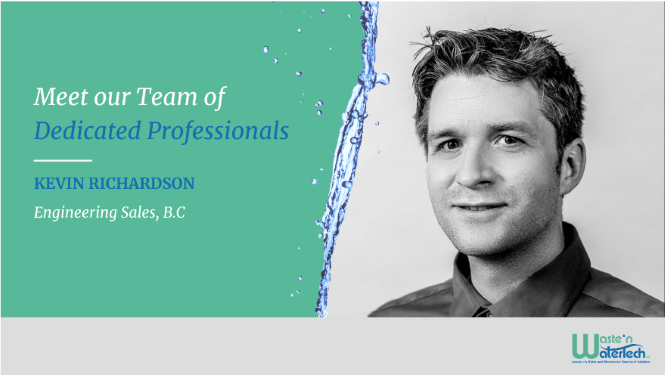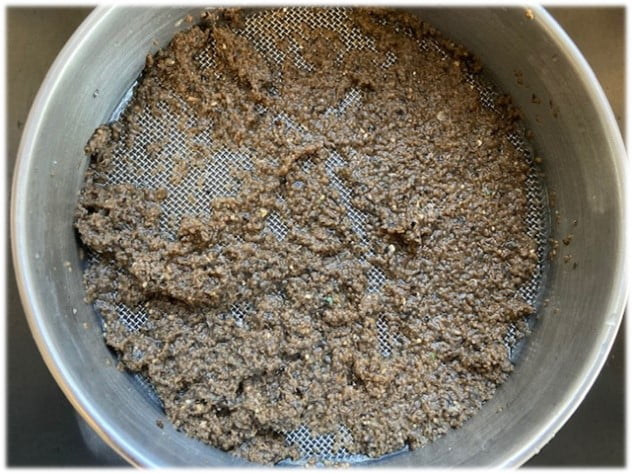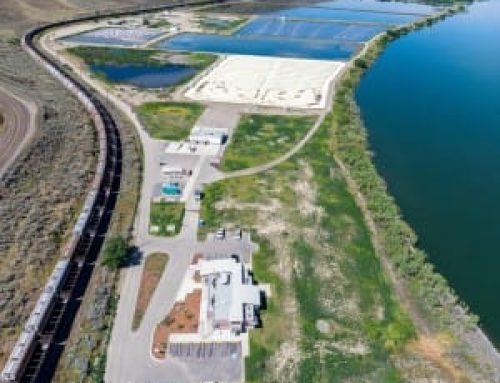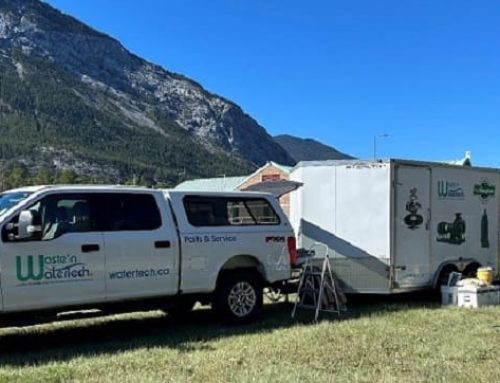Salmon Arm WWTP AquaNereda® Pilot Update: “Nothing to Fear but Fear Itself”
I’ll admit, when I first started out as a fresh EIT last year, I was experiencing a definite case of “Impostor Syndrome.” Sure, my mechanical engineering education prepared me somewhat for real life job experiences. But ultimately, I felt like it gave me an engineering vocabulary more than anything else.
Salmon Arm WWTP required a solution to expand their plant capacity and opted to pilot the AquaNereda® system by Aqua-Aerobic Systems Inc (AASI). When AASI were having issues getting technicians across the US border into Canada due to COVID-19 restrictions, I volunteered to go to the Aerobic Granular Sludge (AGS) pilot and help support day to day operations for the remainder of the pilot period. This included sludge testing, influent/effluent testing, sample collection and maintenance on the unit. The fear of being an impostor set in again. All these thoughts raced through my mind – “I’ve never done testing like this before”, “What if I fail?”, “How will I support efforts when I haven’t had prior experience on a unit like this?”



Aerobic Granular Sludge (AGS) Granules 2.0mm
Nevertheless, I arrived on site with the little experience I had and the will to see things through. I stayed in close contact with both the AASI Research and Development Engineers and the plant operations team to ensure I was following proper protocol and methods for sludge testing, maintenance, and influent/effluent testing.
There was a steep learning curve at first, but after a week or two I began to feel more comfortable and competent completing these activities. Slowly, I started to gain confidence in what I was doing after I saw that my own in-house testing results were within the effluent targets set out in the original design.
The last two months have been the highlight of my career so far. I was able to learn about biological processes as it relates to AGS and gain direct operational experience on a AquaNereda® pilot unit. I was impressed with AGS’s robustness, especially when we lost power and feed to the plant for a day. After resuming power/feed, the plant reached a steady state within 24 hrs and was treating wastewater effluent to the pilot’s design protocol. Fortunately, I did not have to deal with operating and maintaining any chemical pumps and equipment since the AquaNereda® process was able to achieve an effluent target TP of 0.5 mg/l biologically.
I am grateful to Salmon Arm’s plant operators for fielding my questions and AASI’s team for their support and direction throughout the project. I truly appreciate my senior manager’s – Dave and Dominic – for the opportunity and trusting in my ability to complete the project.
By Kevin Richardson, EIT





Leave A Comment